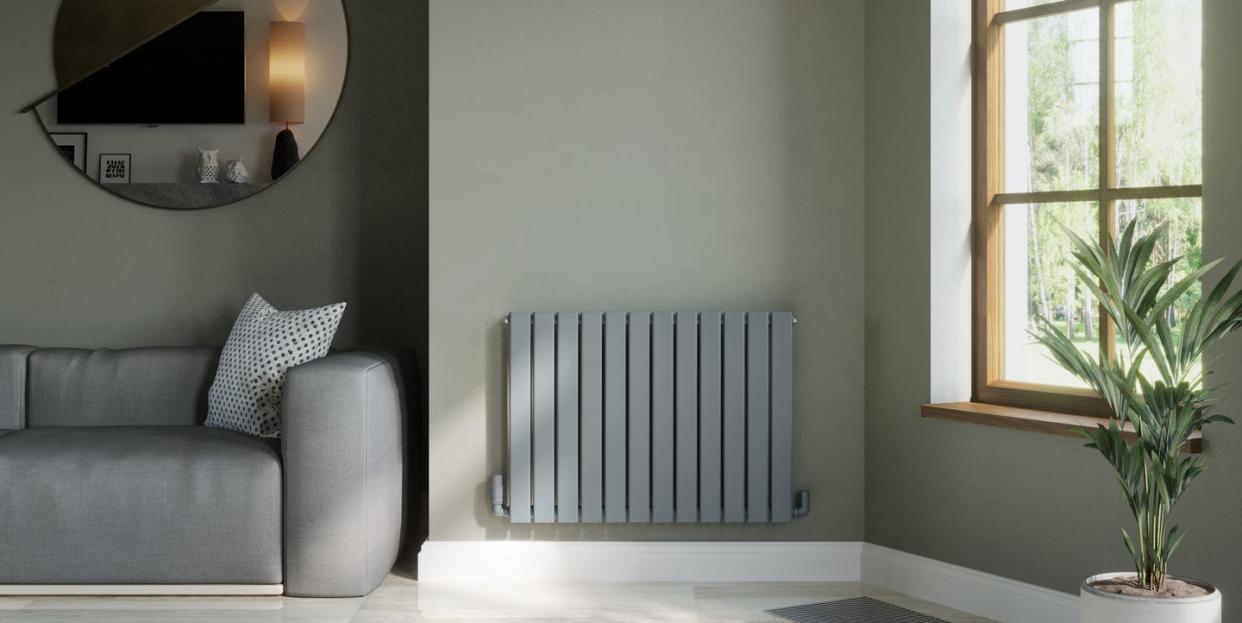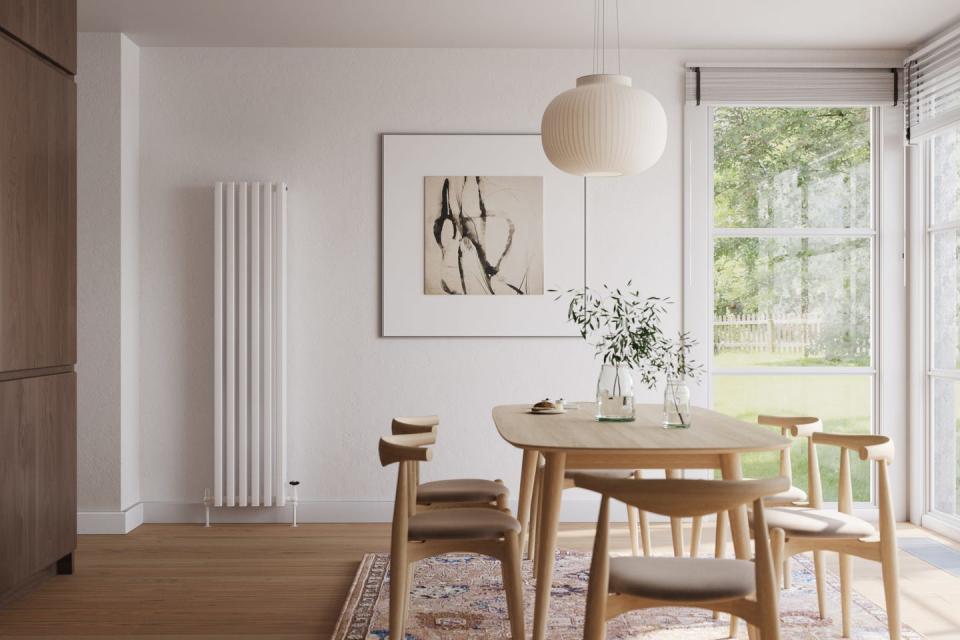When (and how) you should bleed your radiators

As Prima's homes editor, I adore all things interior design and home decor – rethinking room layouts, finding exactly the right shade of paint and finding valuable homewares are my jam – yet its perhaps ironic then, that DIY and household chores are my achilles heel.
Indeed, if you're anything like me, even replacing lightbulbs and bleeding radiators is enough to make you wince (and more often than not, put off the job altogether).
But we all know keeping on top of household admin and dreaded DIY is the very backbone of good home-hygiene. Besides, the joyful home accessories can only sing louder when the home is adequately heated, well-lit et al.
And, as autumn approaches and we're spending more time indoors, the household tasks in need of maintenance suddenly becoming glaringly obvious.
With the temperatures dropping, the first task on my to-do list – and likely yours, too – is to bleed the radiators.
A well-functioning radiator will not only do a better job of heating up your home, but it also uses less energy than a poor-functioning radiator, so it's better for your pocket and the planet too.
Thankfully the experts at boiler installation provider, BOXT, have shared their pearls of wisdom, to make bleeding radiators a whizz.

How to tell when your radiator needs bleeding
It's good practise to bleed your radiators every year, but you're short on time (and lacking in enthusiasm for household chores!) there are some quick telltale signs to watch out for.
Start off by turning your boiler on, allowing your radiators plenty of time to fully heat up. Now, watch – and listen – out for the following signs, which will be your guide when a radiator needs bleeding:
As a general rule of thumb, the heat won't distribute efficiently through your radiator – it's likely that the top will still be cold, even when the rest of the radiator has reached full-temperature.
There might also be damp patches or condensation either surrounding the radiator, or above it.
Lastly, you'll hear odd noises when the radiator is trying to heat up (think: those strange gurgling sounds, as well as eery pops and odd bangs).
How to bleed your radiator
Identified which radiators are in need of attention? Turn off the heating and let the radiators cool down (patience is key here – attempting to bleed a radiator while still hot or with your heating still on runs the risk of burns from the hot air or water).
First things first, work your way up! According the experts at BOXT, if you live in a two (or more) storey home, you should start by bleeding the radiators downstairs before moving on to upstairs.
Start by placing an old towel and a container below the radiator valves (these will any liquids to protect your flooring from any dirty radiator water spillage).
Then, using an old cloth or thick gloves, twist your radiator key anti-clockwise and open the valve. Don't open your radiator valve completely or keep it open for too long, just turn the valve enough to hear the hissing noise of air escaping.
So far, so simple.
Just leave the valve open a little longer until the sound stops. A steady stream of water should now start to leak from the valve.
Once the water is no longer trickling out, wipe away any excess moisture or condensation (this will help prevent any rust forming around your radiator valves). Now tightly re-seal the valves. Repeat with any radiators in need of TLC.
How to check your boiler pressure
To be sure your efforts have paid off, check your boiler pressure. It’s normal for your pressure to decrease slightly after radiator bleeding but it should be around 1.0 - 1.5 bars when switched off and can rise to around 2 bars when switched on.
If your boiler pressure appears to be regular, it’s time to turn up the heat. Boot up your central heating and voila! Warm radiators, at long last!
Now, to tackle the remainder of my autumn to-do list...
You Might Also Like


